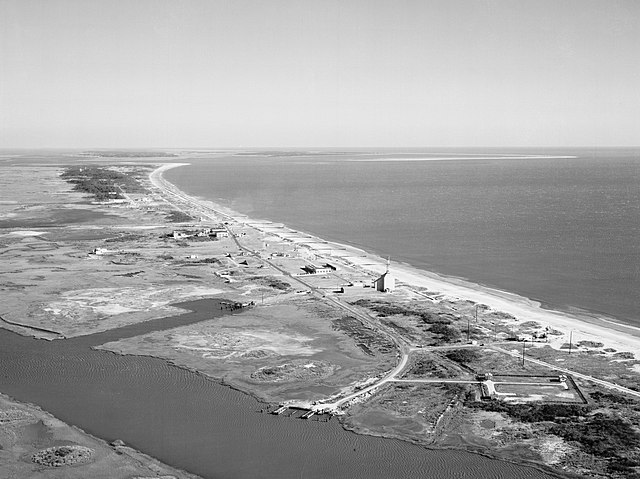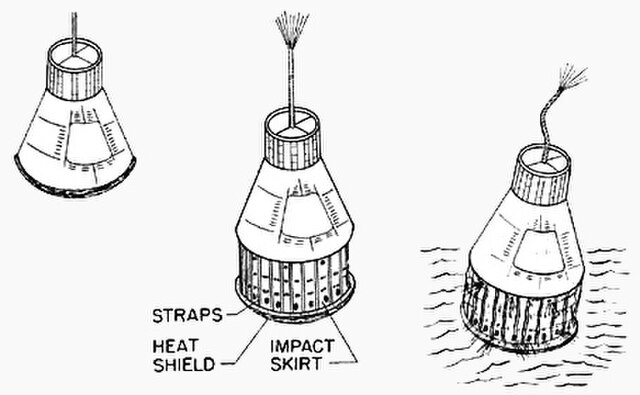The Atlas LV-3B, Atlas D Mercury Launch Vehicle or Mercury-Atlas Launch Vehicle, was a human-rated expendable launch system used as part of the United States Project Mercury to send astronauts into low Earth orbit. Manufactured by Convair, it was derived from the SM-65D Atlas missile, and was a member of the Atlas family of rockets. With the Atlas having been originally designed as a weapon system, testing and design changes were made to the missile to make it a safe and reliable launch vehicle. After the changes were made and approved, the US launched the LV-3B nine times, four of which had crewed Mercury spacecraft.
An Atlas D LV-3B launching Mercury-Atlas 6
Image: Big Joe Ready for Launch at Cape Canaveral GPN 2002 000045
Image: Mercury Atlas 1 liftoff
Image: Mercury Atlas 2 liftoff
Project Mercury was the first human spaceflight program of the United States, running from 1958 through 1963. An early highlight of the Space Race, its goal was to put a man into Earth orbit and return him safely, ideally before the Soviet Union. Taken over from the US Air Force by the newly created civilian space agency NASA, it conducted 20 uncrewed developmental flights, and six successful flights by astronauts. The program, which took its name from Roman mythology, cost $2.68 billion. The astronauts were collectively known as the "Mercury Seven", and each spacecraft was given a name ending with a "7" by its pilot.
Wallops Island test facility, 1961
Mercury Control Center, Cape Canaveral, 1963
Retropack: Retrorockets with red posigrade rockets
Landing skirt (or bag) deployment: skirt is inflated; on impact the air is pressed out (like an airbag)








